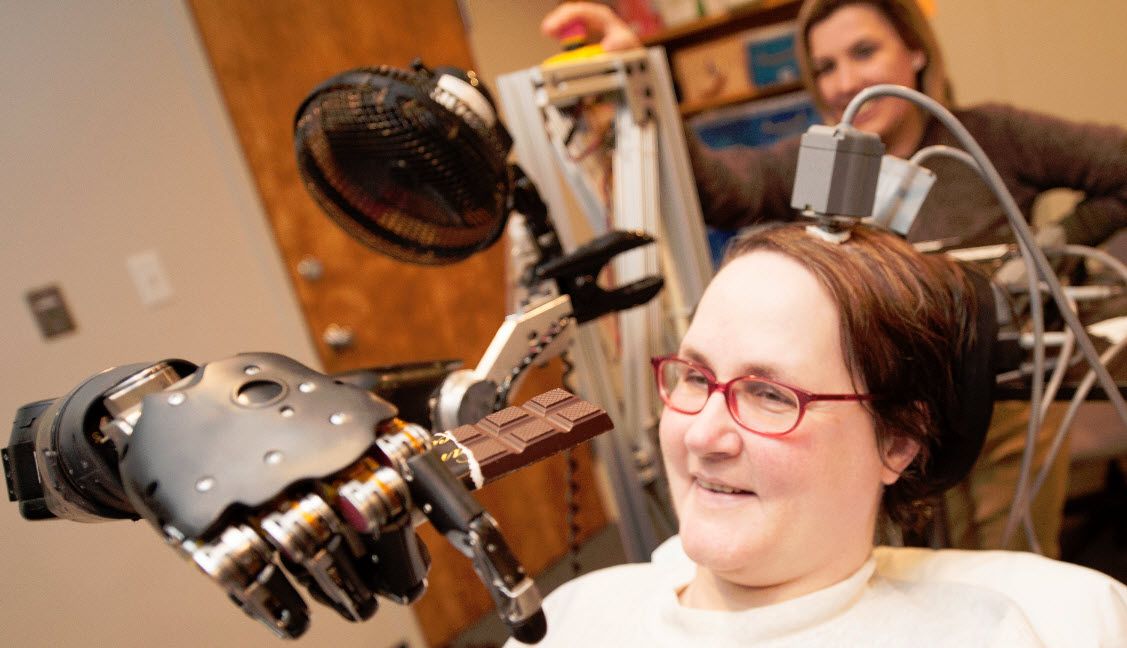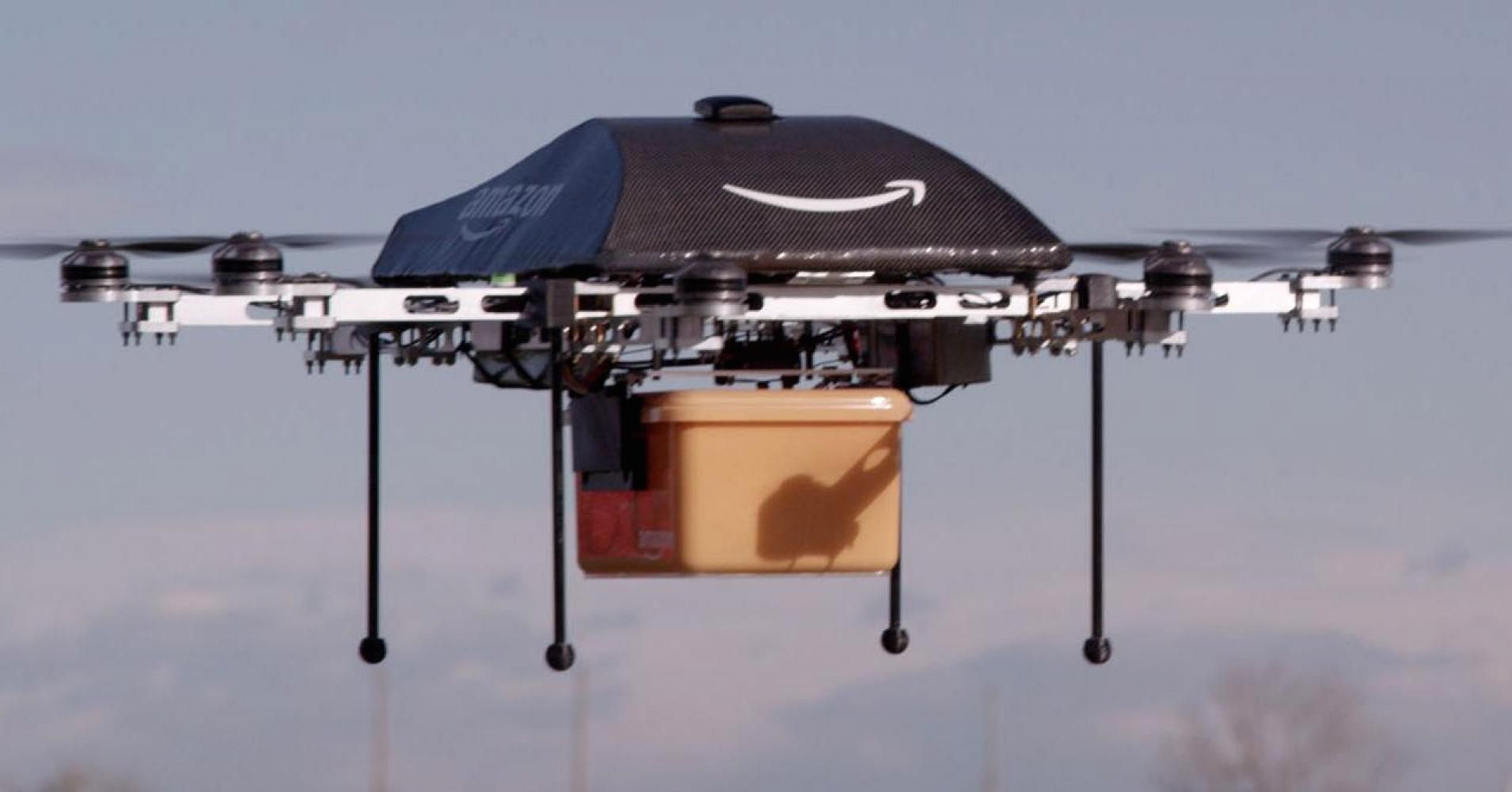Astronomers say they could detect signs of advanced civilizations by searching for their defense mechanisms.
Westworld recently wrapped its first season with a few stunning twists and a stunning statistic: With a 12-million-viewer average, it was the most-watched first season of an original HBO show in the network’s history. Westworld concerns a perverse theme park, styled in the fashion of the American Old West. The park’s “hosts,” artificially intelligent beings physically indistinguishable from humans, begin to remember the horrifying experiences inflicted on them by the park’s “guests,” the humans who pay to visit and do as they please, including raping and killing hosts.
Robert Ford (Anthony Hopkins), the fictional cofounder of Westworld, built the park’s hosts with the ability to improvise and make decisions based on their environment—a vision of AI strikingly similar to the one held by Simon Stringer, the director of the Oxford Centre for Theoretical Neuroscience and Artificial Intelligence. Stringer is one of the field’s leading thinkers, and like Ford, he says machines with some internalized spatial and causal model of the world could achieve an intuitive, human-like intelligence.
In my conversation with Stringer about Westworld, we discussed what makes AI seem human, the potential threat AI poses to humans, the role of self-modifying programming, and the importance of the Turing Test.
San Francisco (AFP) — Mark Zuckerberg envisions a software system inspired by the “Iron Man” character Jarvis as a virtual butler managing his household.
The Facebook founder’s dream is about artificial intelligence, which is slowly but surely creeping into our daily lives, no longer just science fiction.
Artificial intelligence or AI is getting a foothold in people’s homes, starting with the Amazon devices like its Echo speaker which links to a personal assistant “Alexa” to answer questions and control connected devices such as appliances or light bulbs.
The Great A.I. Awakening
Posted in robotics/AI
Babies made from two women and one man have been approved by the UK’s fertility regulator.
The historic and controversial move is to prevent children being born with deadly genetic diseases.
Doctors in Newcastle — who developed the advanced form of IVF — are expected to be the first to offer the procedure and have already appealed for donor eggs.

Researchers at the University of Minnesota have achieved a “major breakthrough” that allows people to control a robotic arm in three dimensions, using only their minds. The research has the potential to help millions of people who are paralyzed or have neurodegenerative diseases.
The open-access study is published online today in Scientific Reports, a Nature research journal.
Ooops.
SACRAMENTO, Dec. 14 (UPI) — The California Department of Motor Vehicles issued a warning of sorts to rideshare company Uber on Wednesday, apparently for wading too far into the waters of testing self-driving vehicles in San Francisco.
The department issued a statement Wednesday that said it “encourages the responsible exploration of self-driving cars.”
“We have a permitting process in place to ensure public safety as this technology is being tested,” the DMV said in the statement. “Twenty manufacturers have already obtained permits to test hundreds of cars on California roads. Uber shall do the same.”








